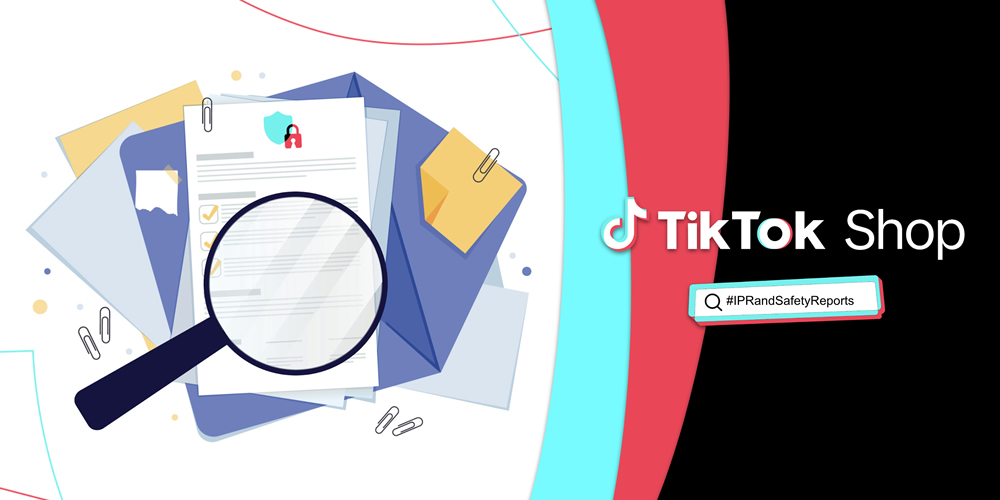TikTok has been ramping up its in-app shopping features, simultaneously providing brand protection by doing its best to eliminate counterfeit goods and IP violations. By addressing both aspects, TikTok protects its sellers while fostering buyers' trust in sellers' products. Nonetheless, as it has been building a global shopping ecosystem, TikTok has unique legal challenges, especially regarding various local laws. To this point, TikTok recently released two important updates: the TikTok Shop Safety Report and an Intellectual Property Report. Both reports state TikTok's commitment to protecting its users and providing brand safety for its sellers.

Significant Investment in IP Enforcement and Technology
Most notably, TikTok has invested a significant amount of financial resources to support its e-commerce goals. As new reports show, the company has committed nearly $1 billion to technology, hiring permanent staff and resources to support its shopping infrastructure. Other platforms may have trouble enforcing intellectual property rights. But TikTok has a full-time, dedicated team of over 1,800 people who monitor, enforce awareness of, and take action on all intellectual property-related concerns. This vastly shows how TikTok is taking a proactive, not reactive, stance on counterfeit and fraudulent listings.
Impressive Statistics Reflecting Proactive Enforcement
Nevertheless, the data TikTok has provided sheds light on the extent to which the organization is dedicated to these protective efforts. From July to December last year, TikTok Shop was proactively blocked from listing more than 7.5 million products because of IP violations. In addition, they provided evidence that they discovered and removed more than 750,000 products after they had been listed. Moreover, TikTok Shop also stopped over 125,000 livestreams and removed more than 550,000 short videos globally for IP infringement. On top of that, TikTok Shop has even suspended the selling privileges of more than 16,000 content creators for habitual IP infringement, which shows that they take responsibility for the platform's integrity seriously.
Expanded Global Efforts Despite U.S.-China Trade Tensions
On the flip side, TikTok’s efforts have not been limited to just product takedowns and creator penalties. The platform removed 90,000 listings for restricted or prohibited products and shut down 900 stores for violating IP rules. Nevertheless, TikTok’s broader vision is global, and it’s working directly with brands to create a safer, more reliable shopping experience. Although the U.S. has shown the most adoption of TikTok’s in-app shopping, the ongoing trade tensions between the U.S. and China have introduced uncertainty into future growth in that region. Regardless of the trade complications, TikTok is not retreating. Instead, it’s expanding into Mexico, South America, Europe, and Asia, positioning itself to thrive despite geopolitical hurdles.
Future Outlook: Diversifying Markets and Maintaining Momentum
This diversification strategy, rather than an overwhelming focus on the American market, could represent TikTok's commitment to resiliency. However, a loss of market share in the U.S. will certainly be one impact, as it has been the primary and strongest market for TikTok Shop. However, the business’s focus on compliance, security, and international expansion indicates that, even if it is not going to grow its presence in the largest e-commerce market, its plans are more about adapting the site and opportunity than reigning in. Establishing credibility on a global scale is akin to brand popularity, but rest assured that this will take even longer to establish. Credibility within a global e-commerce site is established by consistency, responsibility, and continuous improvement.




























